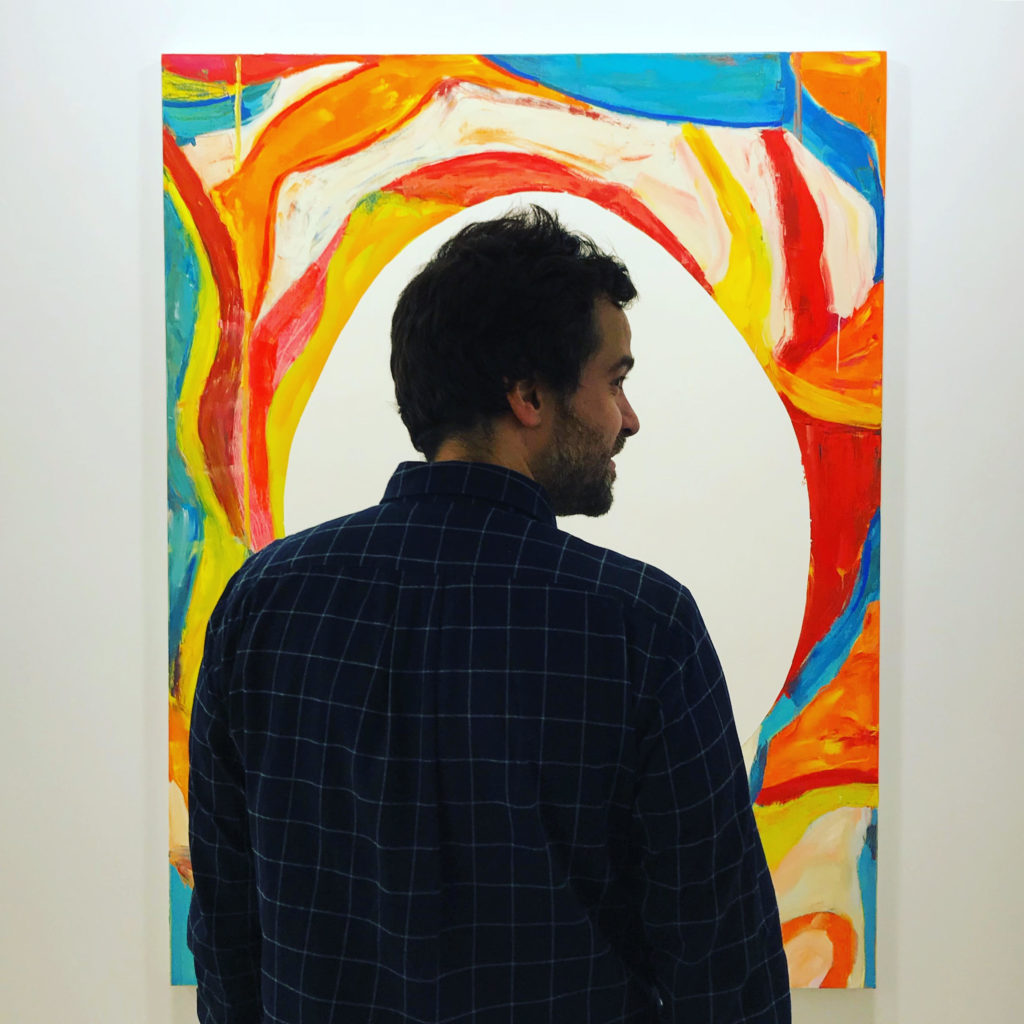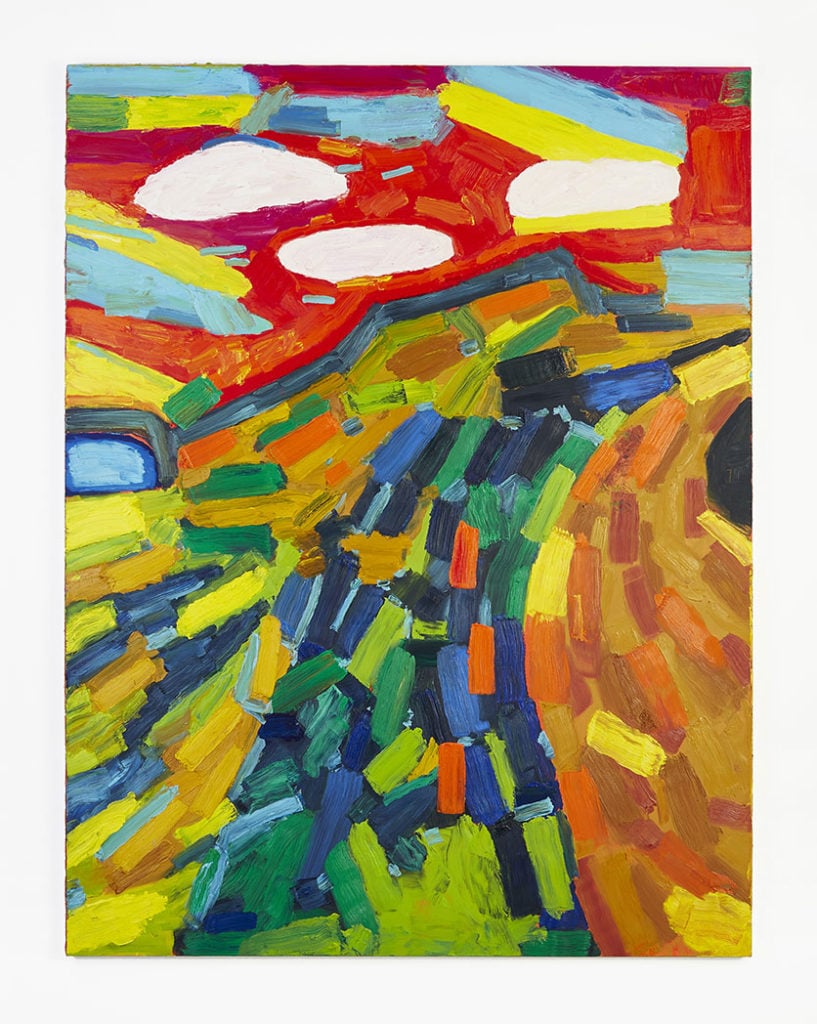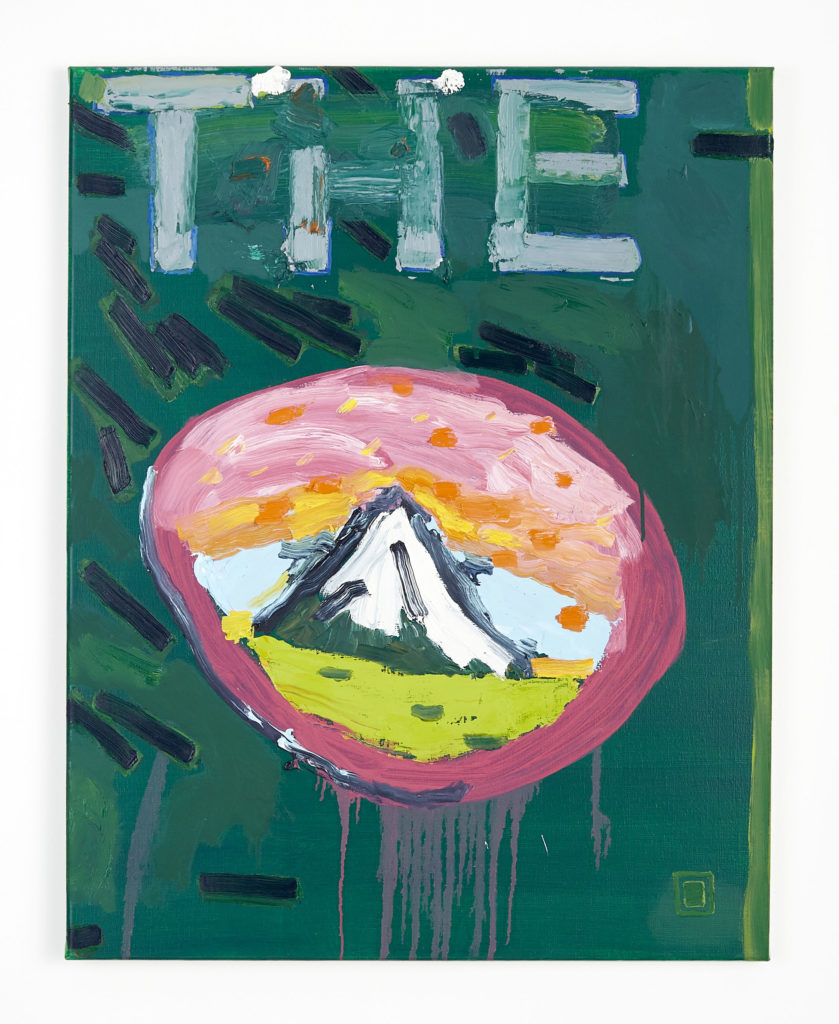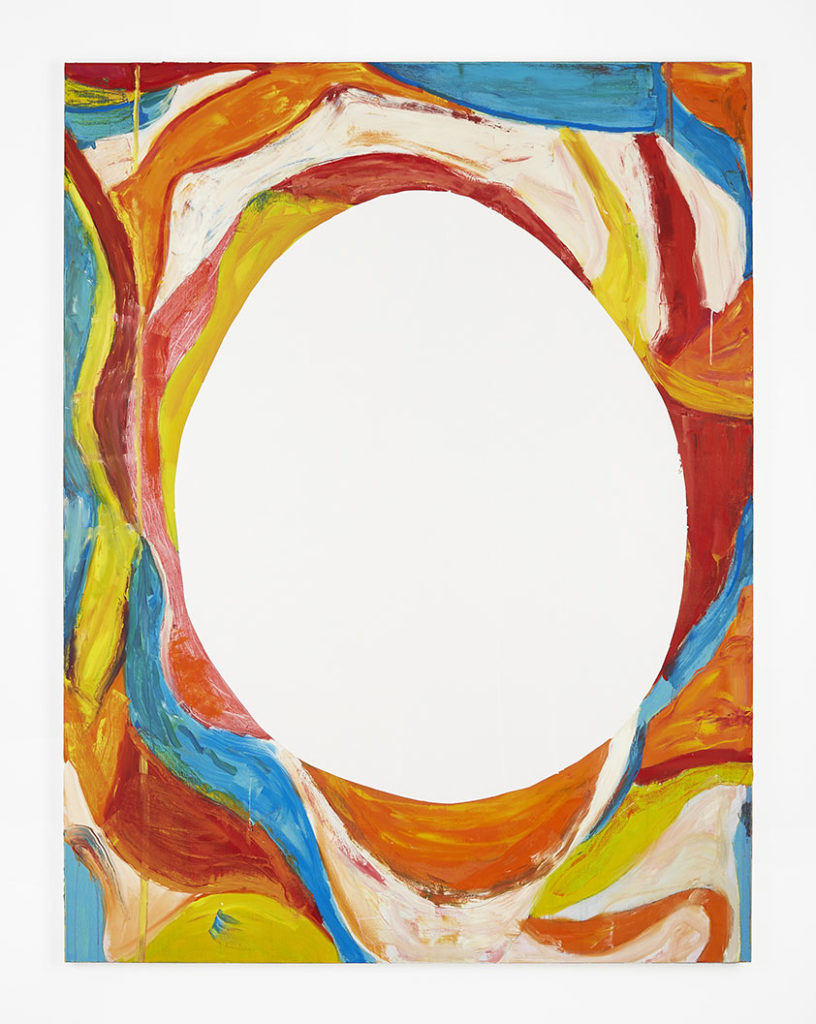How East Hampton’s Rich Art History Inspired Bruno Dunley’s New Abstract Works


Artnet Gallery Network

It can be difficult to identify a Bruno Dunley painting. After all, the Brazilian artist’s works have little in common with each other, often varying in size, color, and subject matter from canvas to canvas. They’re united only by their diversity, a product of the artist’s restless yen to deconstruct the compositional tropes of modern and contemporary visual art.
That makes Dunley’s latest work all the more surprising. Upon being selected for the 2016 Further on Air residency in East Hampton, the artist decided to focus exclusively on the area’s light and landscape.
True to his varied oeuvre, the canvases Dunley created during the residency don’t necessarily look like they’re inspired by scenic coastal views. The works—now on view at his first US exhibition, “The Mirror,” at Galeria Nara Roesler’s New York outpost—are playful, abstract, and distinct from one another.
For Dunley, the Long Island experience was more about light and energy than the landscape itself. Taking his cues from Jackson Pollock, Franz Kline, and especially Willem de Kooning, each of whom spent a significant period of their careers working in the East Hampton area in the 1940s and ‘50s, Dunley injected vibrant color into each work, hinting in quick brushstrokes at a nature too sublime to capture.
Below, Dunley explains in his own words how his time on Long Island changed the way he thinks of landscape painting and his approach to color.

Bruno Dunley’s The Landscape (2017). Image courtesy of Galeria Nara Roesler.
“When I decided to spend six months in East Hampton, I knew that it was a relevant region for American painting. I was aware that it had influenced multiple painters since the beginning of the 18th century. But what intrigued me the most was an interview with de Kooning, in which he explains that he moved to the region because of its natural light. In the interview, he also mentions that many places such as Rome and Havana changed how he approached color. East Hampton, in particular, was one of those places that decisively influenced the development of a chromatic sensibility. So, I realized that towards the end of the ’50s, when de Kooning spent time in the Hamptons, his work underwent a major transformation.

Bruno Dunley’s The (2017). Image courtesy of Galeria Nara Roesler.
When I traveled to the Hamptons in September 2016, I was also looking to transform my work. I was hoping to capture a more aggressive energy through my paintings, but I understood that this evolution had to be based on the real experience of color and light. Spending time in a studio completely focused on the work, in isolation, was also a very alluring proposition.
Throughout the three seasons I spent in East Hampton (late summer, fall, and winter), I witnessed drastic shifts in light and landscape. During fall and winter, I regularly went outside to study the light during the late afternoon. On countless occasions, I strolled by myself through the Walking Dunes in Napeague Bay, and I observed the entire chromatic spectrum in the sky. There was green in the sky. I felt then like I understood why 17th- and 18th-century painters devoted their lives to painting landscapes. I profoundly understood the sublime, yet I was not interested in undertaking the mammoth task of depicting it in its oceanic depth. The experience of nature is grander than anything you can accurately convey. For me, the only way to approach it would be through quick gestures and strong colors that expressed the impossibility of the task. Also during winter, when the landscape and light became uniform, my paintings became more vibrant. I didn’t notice this at the time, but there was a huge contrast between the light of the landscape and the light in my paintings.”
— Bruno Dunley, 2018

Bruno Dunley’s The Mirror (2016). Image courtesy of Galeria Nara Roesler.
“The Mirror” is on view at Galeria Nara Roesler through February 24, 2018.